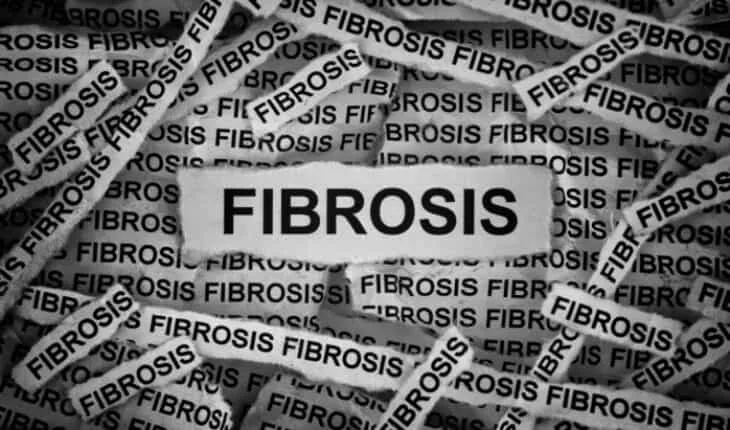Fibrosis is associated with various chronic and life-threatening conditions, including pulmonary fibrosis, liver cirrhosis, kidney disease, and cardiovascular diseases, among others. These conditions collectively contribute to a substantial portion of mortality in developed countries, making fibrotic diseases a critical health problem requiring attention, research, and innovative approaches for diagnosis and treatment.
Scientists at IRB Barcelona’s Cellular Plasticity and Disease lab, led by Dr. Manuel Serrano, have now described the pivotal role of iron accumulation in the development of fibrotic diseases. The researchers have studied the link between, senescence (a phase where cells neither divide nor die) and the Senescence-Associated Secretory Phenotype (SASP)—a communication system in ageing cells that prompts them to release harmful molecules. SASP has been associated with various age-related diseases, including fibrosis.
In this work, published in the journal Nature Metabolism, researchers show the potential of iron accumulation detection via magnetic resonance imaging (MRI) for non-invasive assessment of fibrotic burden in patients with renal fibrosis. Additionally, the team uncovers the potential of chemical compounds able to remove the accumulated iron, such as deferiprone (a clinically approved drug) to prevent fibrosis, thereby pointing to a new approach for treating fibrotic diseases.
“Our study establishes iron accumulation as a clinically exploitable driver of pathological senescence and fibrosis and paves the way for new strategies in the early detection and treatment of fibrotic diseases,” says Dr. Mate Maus. leading author of the study, together with Dr. Serrano, and an IRB Barcelona alumnus. He is currently leading the Aging and Cancer lab at the Vall d’Hebron Institute of Oncology (VHIO), in Barcelona, where he continues investigating age-related metabolic changes that promote chronic diseases and cancer.
Systemic iron metabolism
Iron accumulation had previously been reported in association with several fibrotic disorders. On the basis of the findings of this study, the scientists suggest it might be a common feature of most fibrotic diseases. This research highlights two distinct roles of iron in fibrogenesis. First, it shows that excessive extracellular iron can initiate fibrogenesis. For instance, this may occur in fibrotic diseases associated with small vascular injuries, where iron release from the vasculature may be a constant trigger for fibrogenesis Second, the study indicates that iron accumulation is an intrinsic characteristic of senescent cells, even under normal levels of extracellular iron. The accumulation of iron is a key event driving the SASP and its pro-fibrotic effects on the surrounding tissue.
Halting fibrosis
By addressing iron accumulation in senescent cells, the researchers aim to alleviate the SASP and, consequently, halt the progression of fibrosis. “Although these findings mark a significant step forward in our understanding of fibrotic diseases, further research and clinical validation are crucial before translating these insights into tangible treatments,” concludes Dr. Serrano.
- Early onset dementia more common than previously reported - 26th July 2024
- Children’s Exposome Linked to Serum Metabolite Changes - 24th July 2024
- Is Melatonin the wonder drug of anti-aging? - 22nd July 2024






